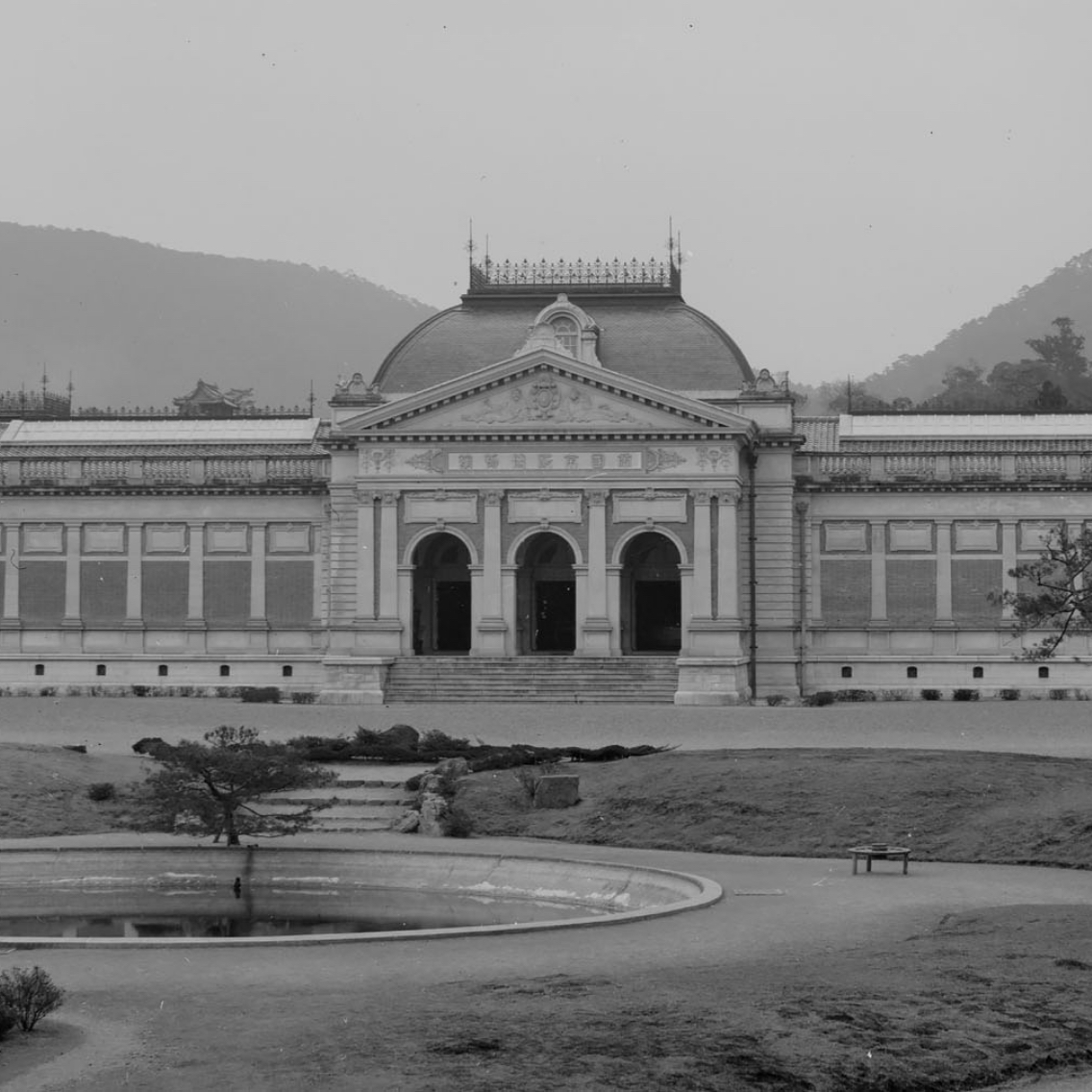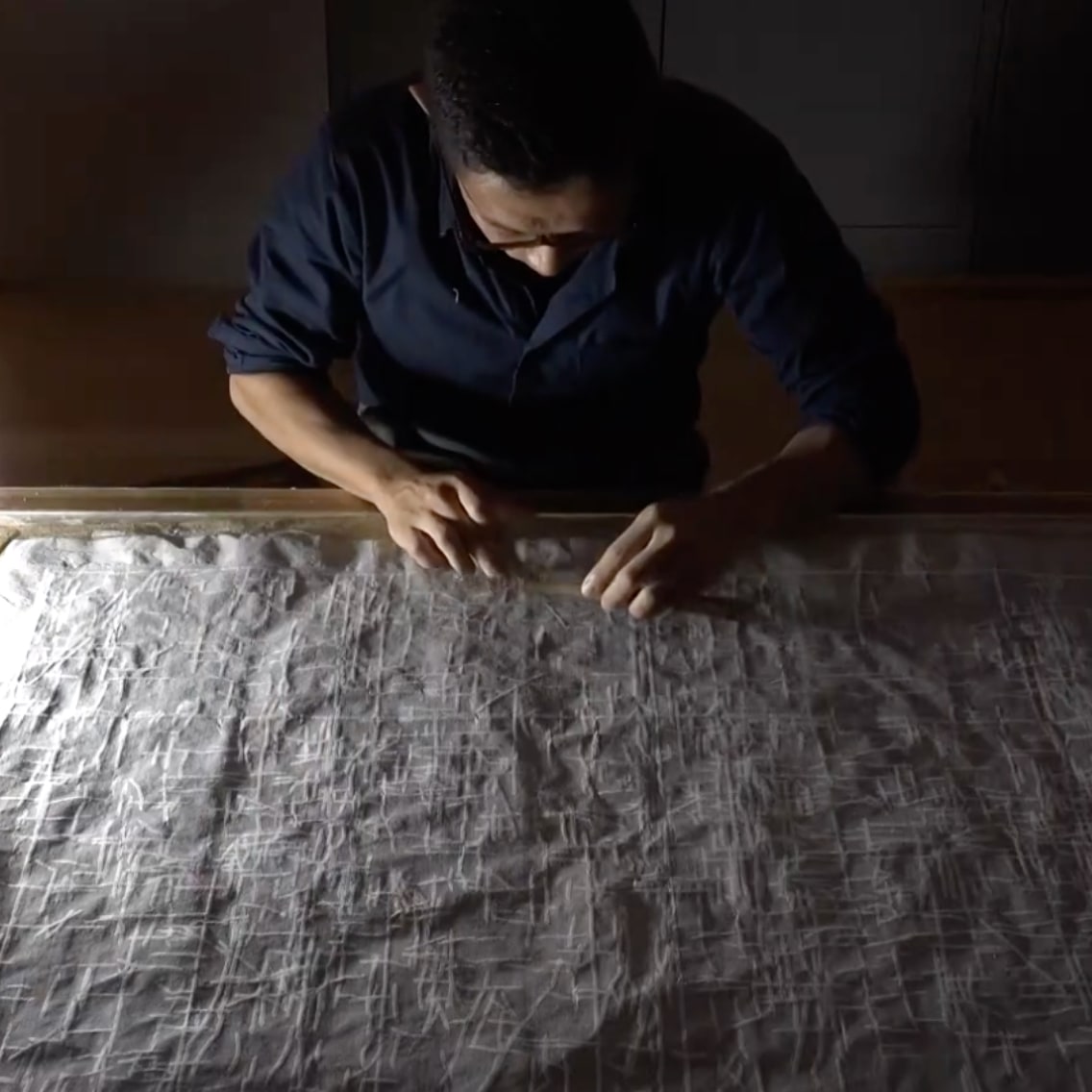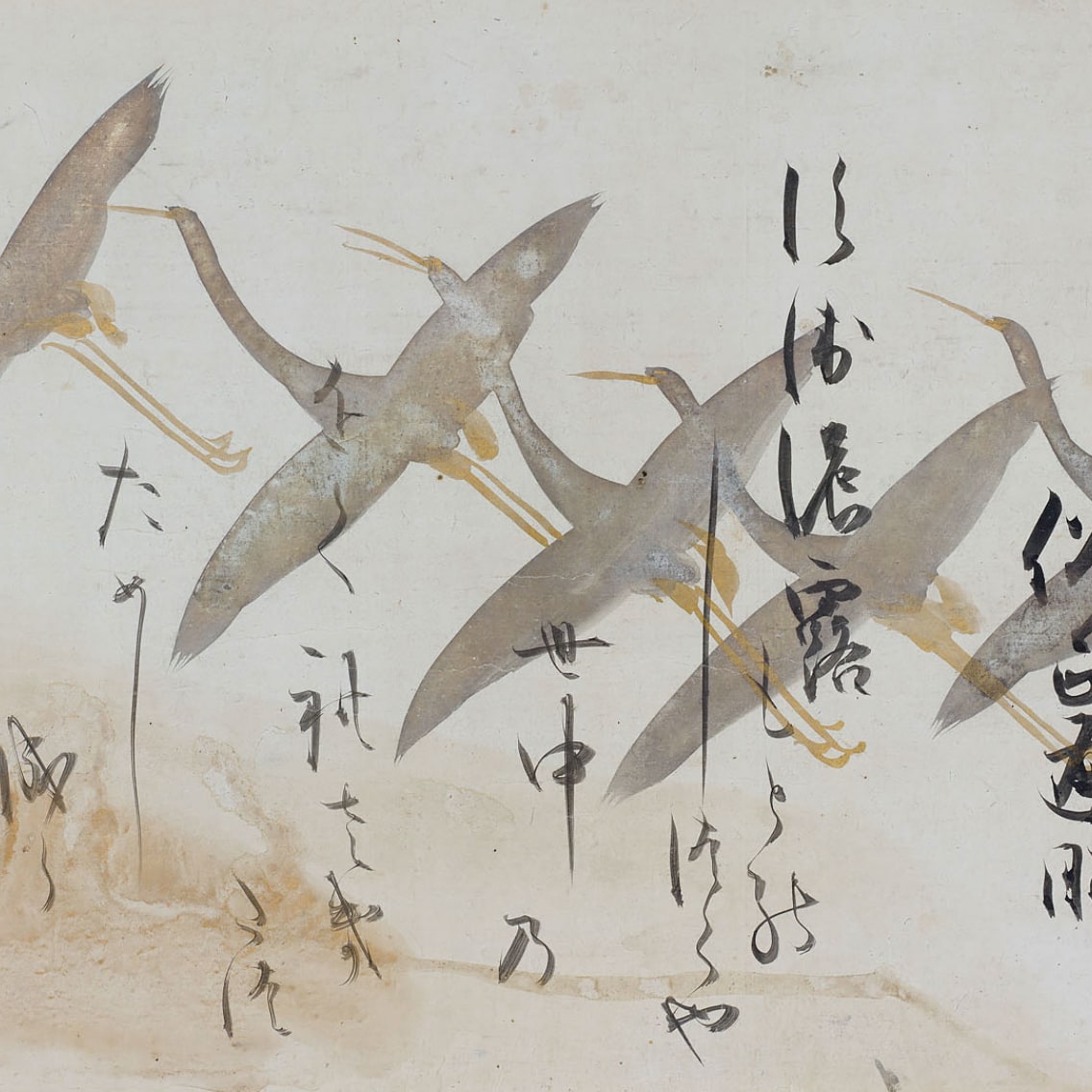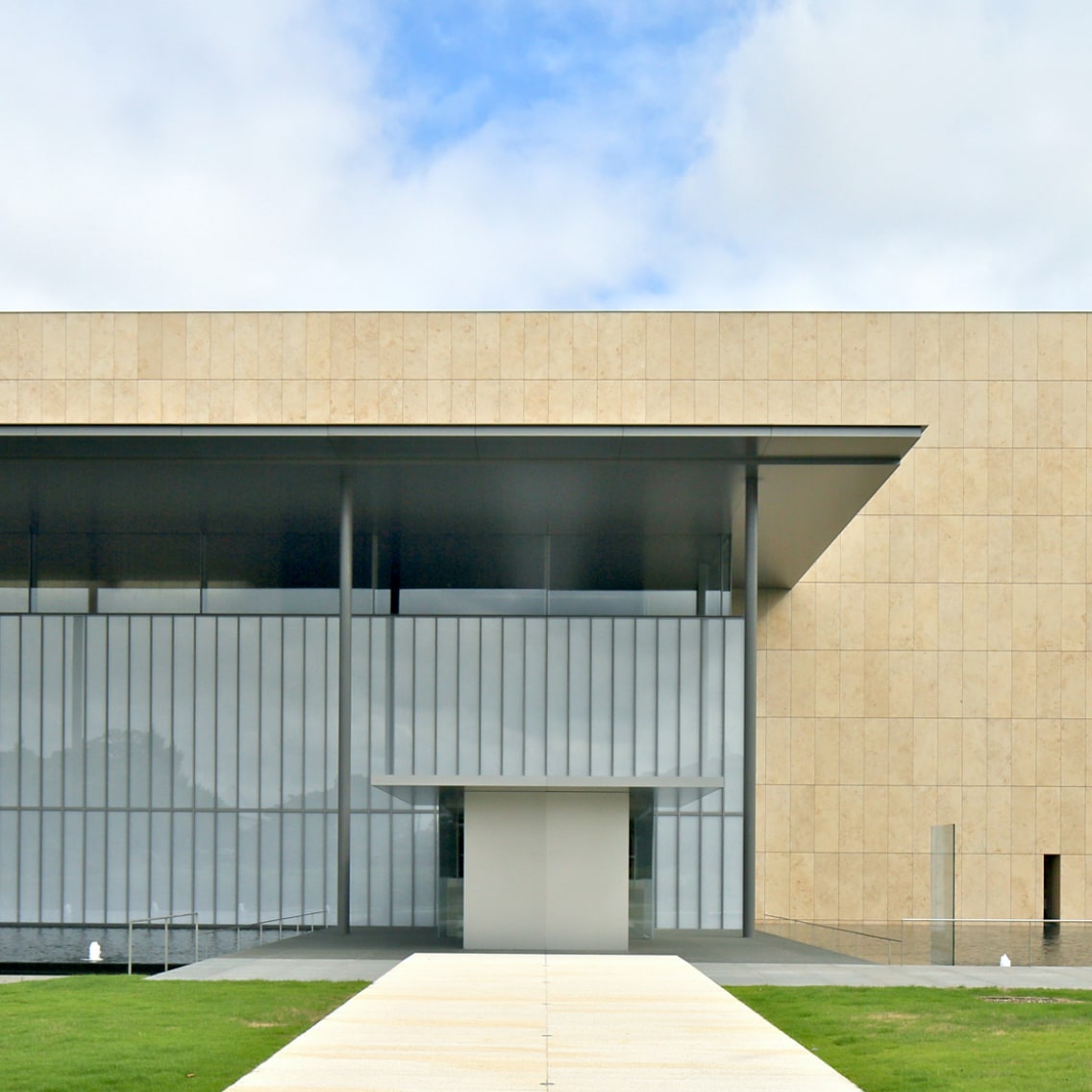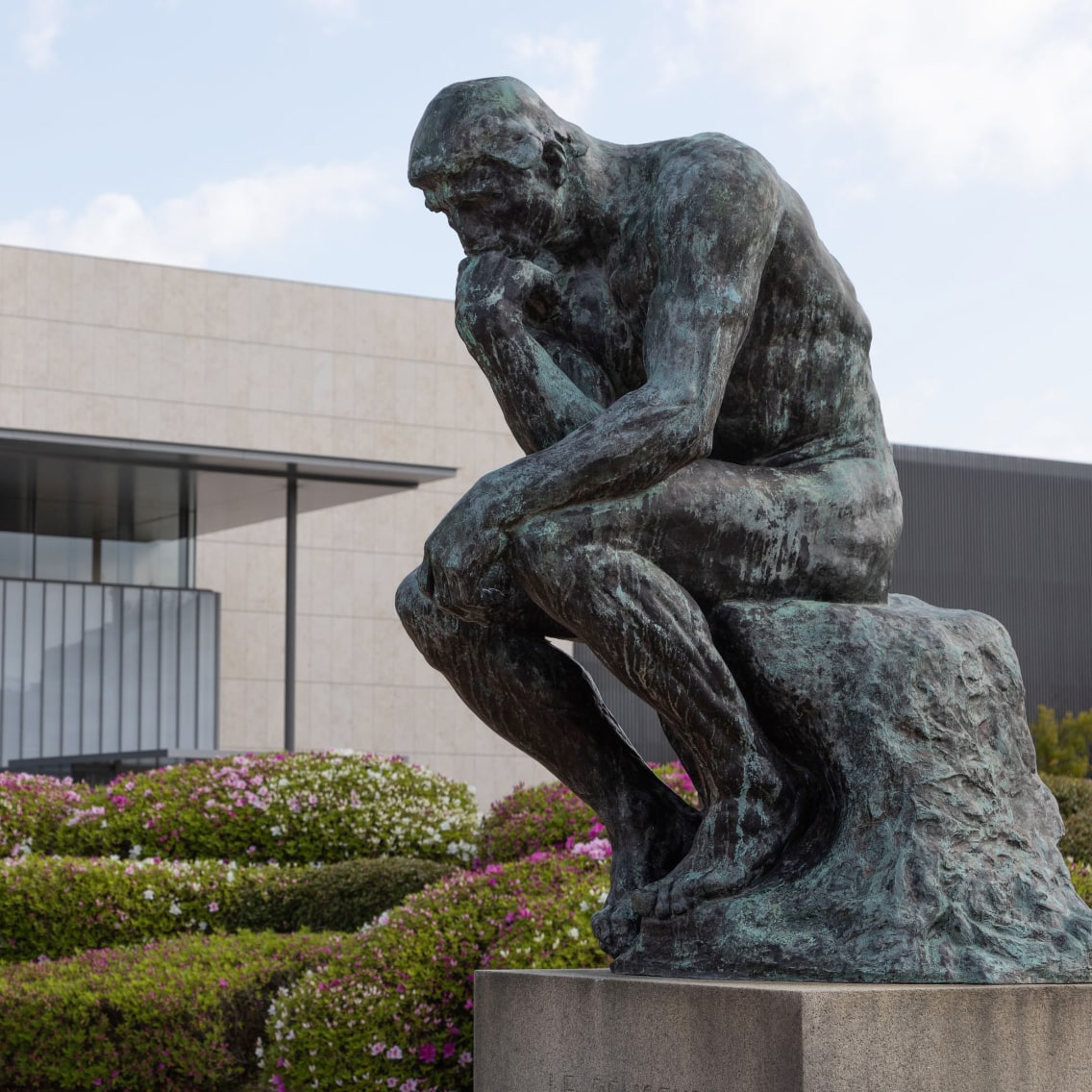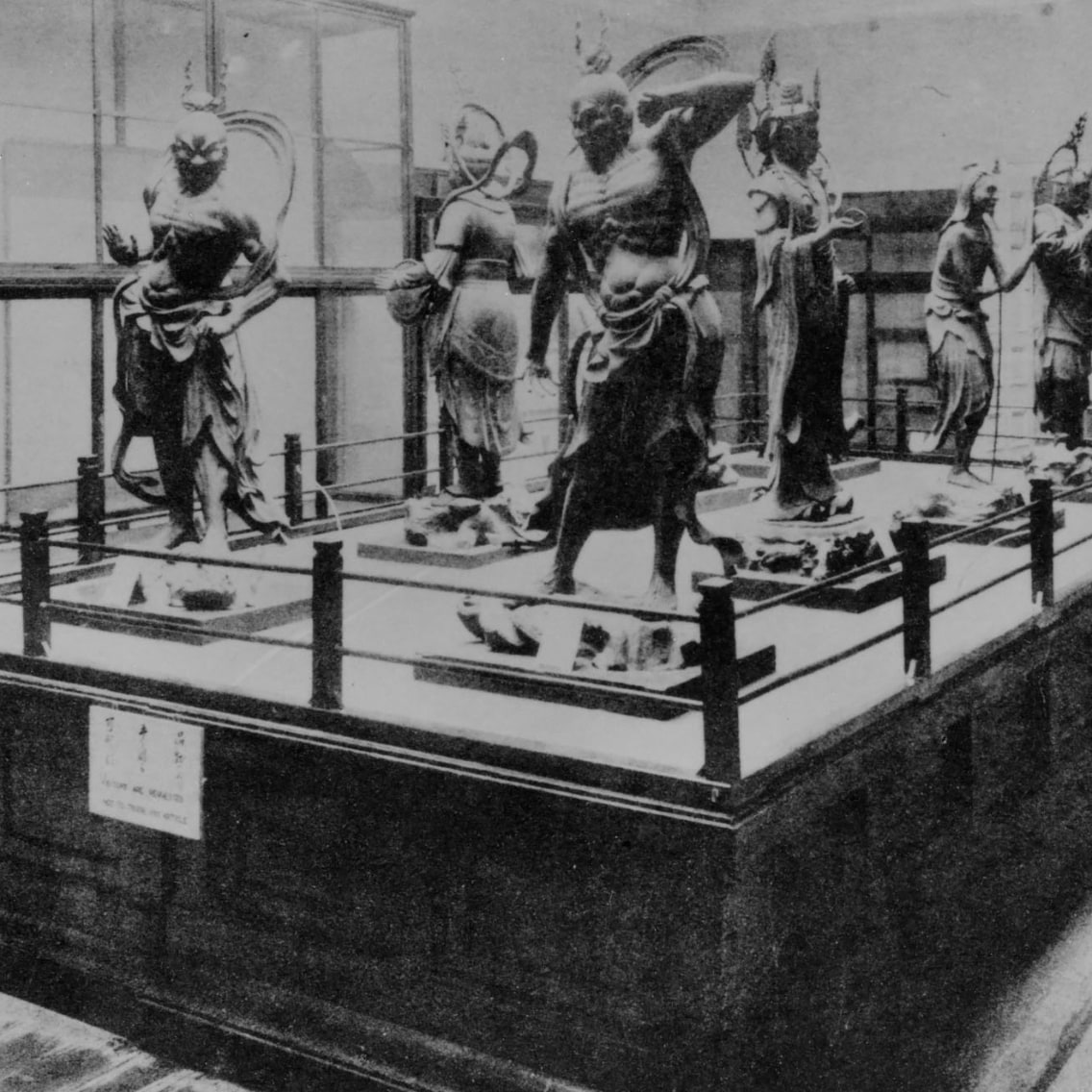Today...
1897
Stories of the
Kyoto National Museum
Stories of the
Kyoto National Museum
Creating a Dialogue with the Past,
Transmitting Culture to the Future
Kyoto was the cultural and political center of Japan from the beginning of the Heian period in 794 to the end of the Edo period in 1868. The Kyoto National Museum primarily houses cultural properties related to this "capital of a thousand years," Kyoto.
Many of the works housed in the Kyoto National Museum are priceless objects that have been passed down in Buddhist temples or Shinto shrines, or within families over multiple generations. Some of the more well-known works regularly appear in textbooks. It is not uncommon, however, for visitors encountering an actual object in person for the first time to exclaim, "It's so much larger and more impressive than I'd imagined," or, "It's surprisingly small, and the details are so intricate!" These impressions and realizations upon seeing objects with our own eyes are all the more precious in light of our daily exposure to increasingly digitized and virtual media.
Standing in front of a work of art, one might even feel a sort of direct communication with the people who created it, cherished it, and passed it on to future generations. The Kyoto National Museum is a place for experiencing a Kyoto that transcends past and present. It is a place that facilitates dialogue with people of the past whose traces can be found in objects from the collection.
The Kyoto National Museum engages in various efforts related to cultural properties, including acquisition, storage, research, and exhibition. No matter how valuable or important those works of art or research results are, however, they are meaningless if they are kept out of view. It is therefore incumbent upon us as an institution to ensure that visitors of all ages are engaged by the museum and feel the joy of learning through its many different exhibitions and activities.
It is not necessary to experience the exhibits in any particular order when walking through the museum. You can pass through quickly, stop for a closer look if something catches your eye, or go back to a previous gallery for a second look. If you find that an object speaks to you and evokes a sense of joy or curiosity, that is proof that the stories revealed to us through works of art and cultural heritage have touched you.
Finally, if your encounters with objects in our museum make you realize that you have yourself become a part of their unique histories connecting past and future, then we will have fulfilled our mandate.
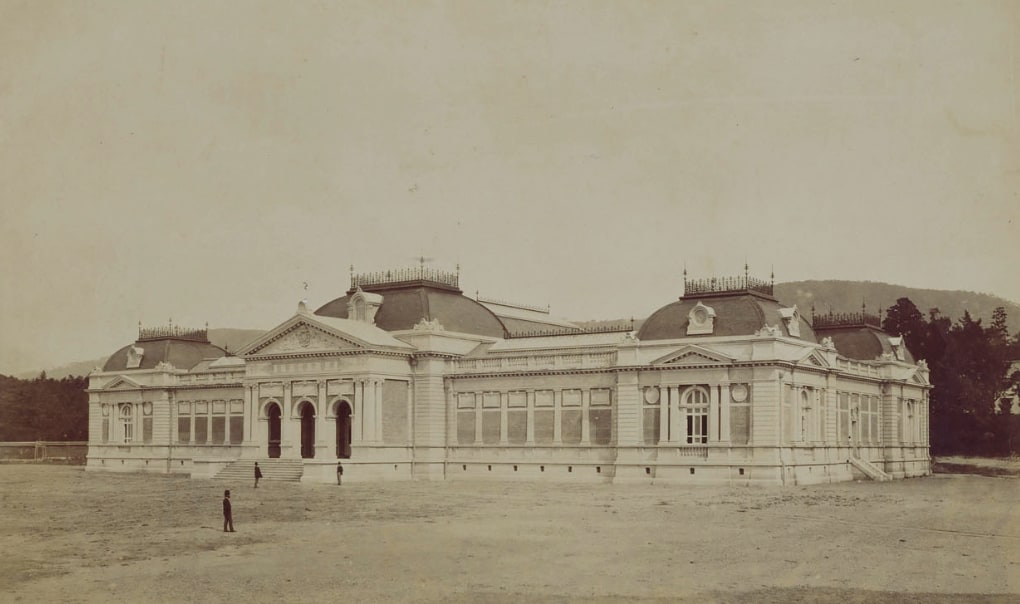
View of the Main Hall soon after its completion
Creating a Dialogue with the Past,
Transmitting Culture to the Future
Kyoto was the cultural and political center of Japan from the beginning of the Heian period in 794 to the end of the Edo period in 1868. The Kyoto National Museum primarily houses cultural properties related to this "capital of a thousand years," Kyoto.
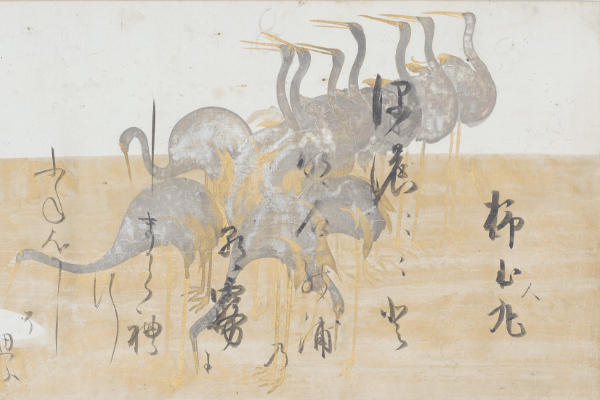
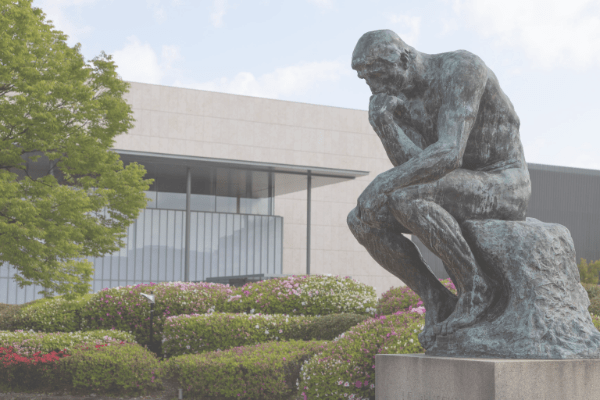
Above: Important Cultural Property Anthology with Cranes. Painting by Tawaraya Sōtatsu (n.d.); calligraphy by Hon'ami Kōetsu (1558-1637). Kyoto National Museum
Below: The Thinker. By Auguste Rodin (1840-1917). Kyoto National Museum
Many of the works housed in the Kyoto National Museum are priceless objects that have been passed down in Buddhist temples or Shinto shrines, or within families over multiple generations. Some of the more well-known works regularly appear in textbooks. It is not uncommon, however, for visitors encountering an actual object in person for the first time to exclaim, "It's so much larger and more impressive than I'd imagined," or, "It's surprisingly small, and the details are so intricate!" These impressions and realizations upon seeing objects with our own eyes are all the more precious in light of our daily exposure to increasingly digitized and virtual media.
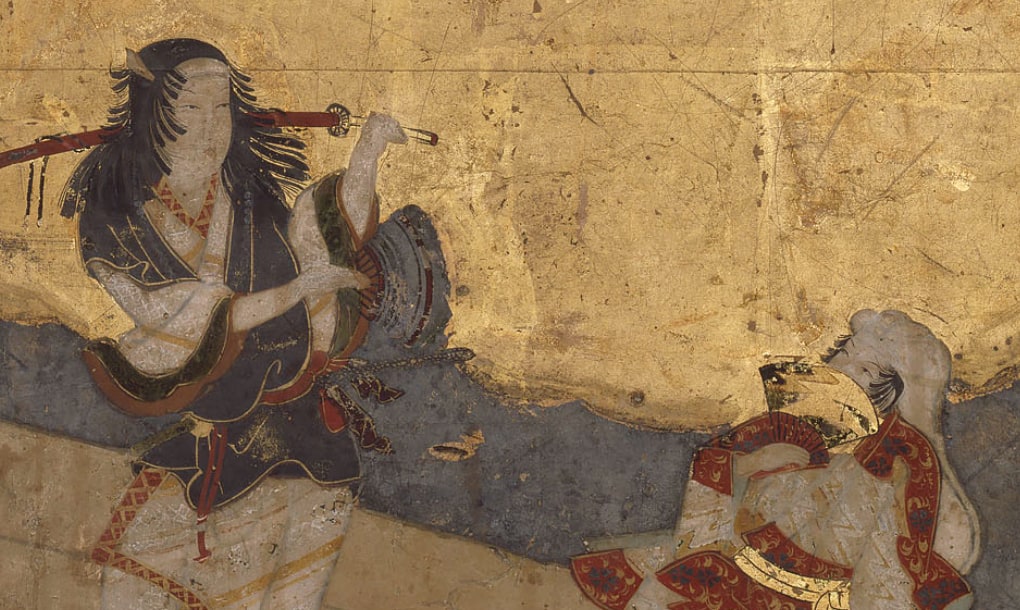
Important Cultural Property Okuni Kabuki (detail) Kyoto National Museum
Standing in front of a work of art, one might even feel a sort of direct communication with the people who created it, cherished it, and passed it on to future generations. The Kyoto National Museum is a place for experiencing a Kyoto that transcends past and present. It is a place that facilitates dialogue with people of the past whose traces can be found in objects from the collection.
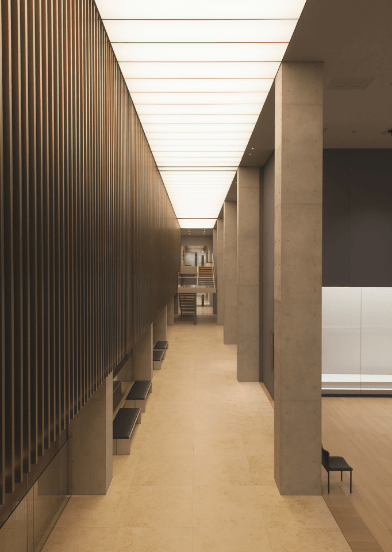
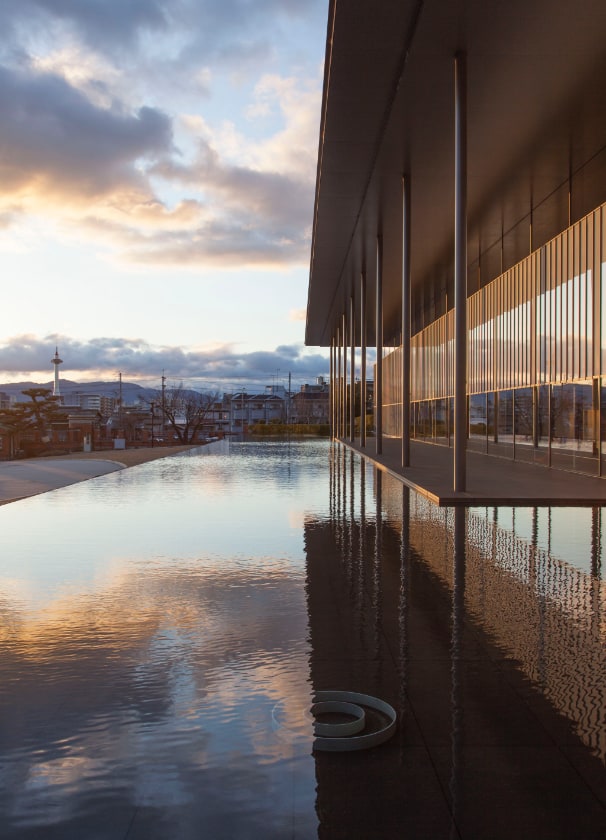
Heisei Chishinkan Wing
The Kyoto National Museum engages in various efforts related to cultural properties, including acquisition, storage, research, and exhibition. No matter how valuable or important those works of art or research results are, however, they are meaningless if they are kept out of view. It is therefore incumbent upon us as an institution to ensure that visitors of all ages are engaged by the museum and feel the joy of learning through its many different exhibitions and activities.
It is not necessary to experience the exhibits in any particular order when walking through the museum. You can pass through quickly, stop for a closer look if something catches your eye, or go back to a previous gallery for a second look. If you find that an object speaks to you and evokes a sense of joy or curiosity, that is proof that the stories revealed to us through works of art and cultural heritage have touched you.
Finally, if your encounters with objects in our museum make you realize that you have yourself become a part of their unique histories connecting past and future, then we will have fulfilled our mandate.
- Story 01 -
Beginnings
The Kyoto National Museum opened in 1897, the same year as the enactment of the first law for the protection of cultural properties, the Ancient Temples and Shrines Preservation Law. As administration of the museum shifted from the nation to the city and back to the nation, its facilities were gradually improved.
- Story 02 -
Improvements
The modernization of the Kyoto National Museum began with the postwar renovations of its facilities. In 1966, a state-of-the-art New Exhibition Hall opened. In 1980, the museum began carrying out the conservation of cultural properties in its new dedicated, on-site facility.
- Story 03 -
Research
From around 1970, the Kyoto National Museum began to emphasize its research activities and to make the results of this research accessible to the public. The museum collection gradually expanded, and it now includes more than 14,600 objects and sets of objects, including items on long-term loan.
- Story 04 -
Activities
The new Heisei Chishinkan Wing opened in 2014 and became the primary exhibition facility of the Kyoto National Museum. In conjunction with the opening of its new building, the museum developed and implemented various educational programs to improve the visitor experience for children and adults alike.
